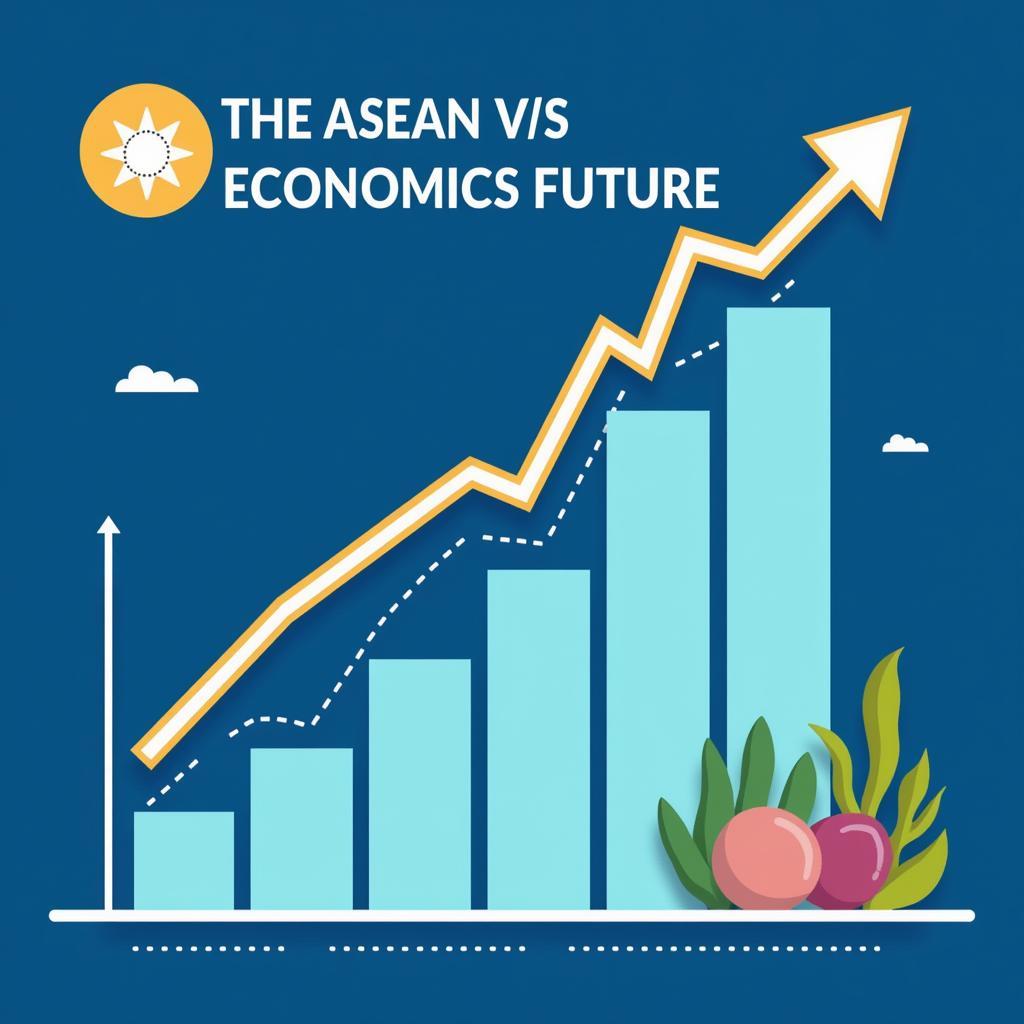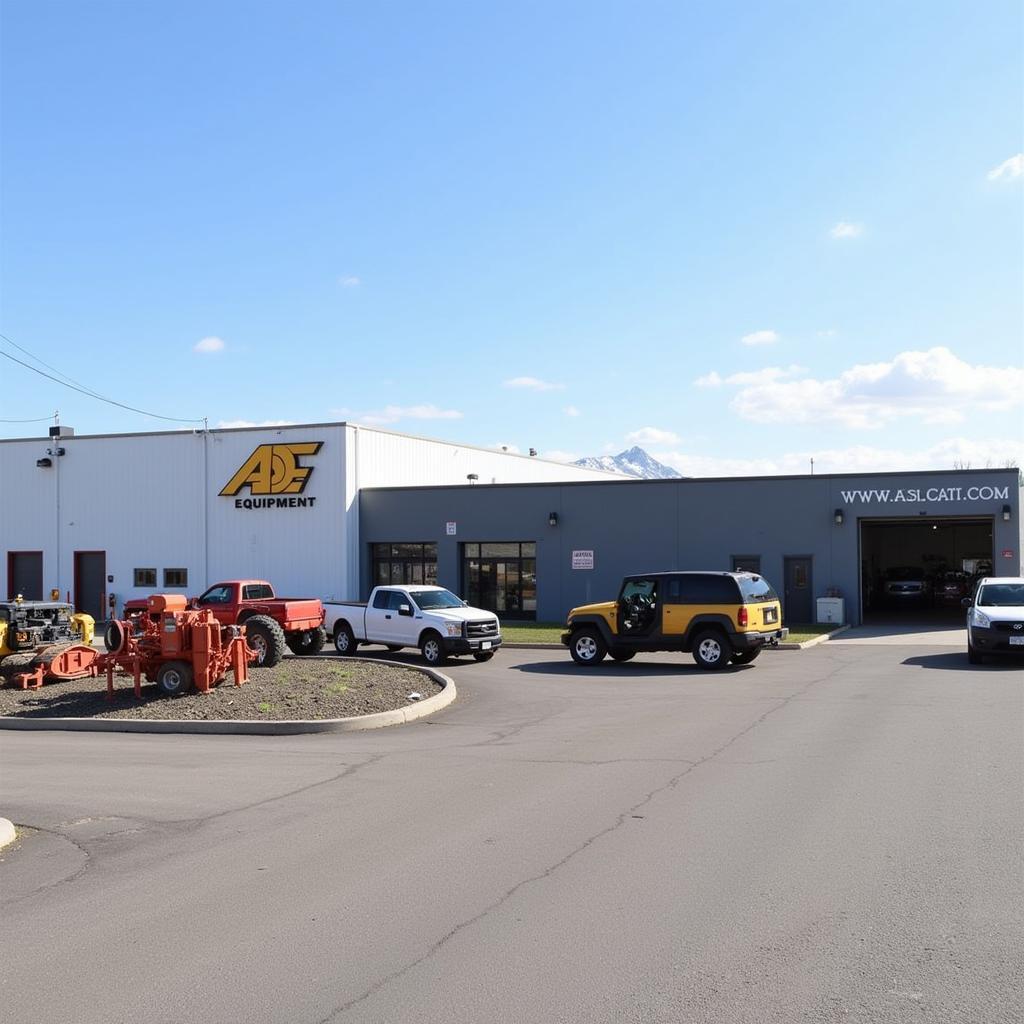The ASEAN Economic Community (AEC) is at a pivotal point in its journey towards regional integration. At the heart of this transformation lies the Ase-16 Committee, a group tasked with steering the region toward a more interconnected, innovative, and globally competitive economic landscape. This committee, established under the framework of the AEC, plays a crucial role in shaping the economic agenda and future direction of Southeast Asia.
 ASEAN Economic Community Meeting
ASEAN Economic Community Meeting
Unpacking the Role of the ASE-16 Committee
The ASE-16 Committee serves as the primary platform for ASEAN Senior Economic Officials (SEOM) to convene and deliberate on crucial economic issues. Their mandate encompasses a wide array of responsibilities, including:
- Developing and implementing the AEC Blueprint: The committee plays a critical role in translating the ambitious goals outlined in the AEC Blueprint into concrete actions and tangible outcomes.
- Monitoring and reviewing economic integration progress: Regular assessments of the AEC’s progress help identify bottlenecks and areas requiring further attention to ensure the initiative stays on track.
- Coordinating with ASEAN dialogue partners: Collaboration with external partners, such as dialogue partners and international organizations, is facilitated by the committee to leverage expertise and resources.
- Addressing emerging economic challenges: The committee provides a platform for member states to collectively address emerging economic issues, such as those posed by technological advancements, climate change, and global market volatility.
 ASEAN Economic Officials Collaborating
ASEAN Economic Officials Collaborating
Key Focus Areas of the ASE-16 Committee
The ASE-16 Committee prioritizes several key focus areas to drive economic integration and promote sustainable growth within the region:
- Trade Facilitation: Streamlining customs procedures, harmonizing standards, and reducing non-tariff barriers are paramount to fostering intra-ASEAN trade and attracting foreign direct investment.
- Investment Liberalization: Creating a more open and conducive investment climate encourages cross-border investments and promotes economic diversification across ASEAN member states.
- Services Sector Integration: Harmonizing regulations and promoting mutual recognition arrangements in priority sectors, such as finance, tourism, and logistics, enhances the competitiveness of the ASEAN services sector.
- Digital Economy Development: The committee recognizes the transformative potential of the digital economy and works towards creating a robust digital ecosystem through initiatives like e-commerce frameworks and digital skills development programs.
Impact of the ASE-16 Committee on ASEAN’s Economic Landscape
The diligent efforts of the ASE-16 Committee have yielded significant progress in advancing ASEAN’s economic integration agenda. Some notable achievements include:
- Increased Intra-ASEAN Trade: Trade barriers have been significantly reduced, leading to a surge in intra-regional trade and strengthening economic ties between member states.
- Improved Investment Flows: ASEAN has become a more attractive destination for foreign direct investment, with the committee’s work on investment liberalization playing a key role.
- Enhanced Regional Competitiveness: By promoting a more integrated and competitive single market, the committee has contributed to ASEAN’s rising global economic stature.
Challenges and Opportunities for the ASE-16 Committee
While significant strides have been made, the ASE-16 Committee faces ongoing challenges in its mission to forge a more integrated and prosperous ASEAN. Some of these challenges include:
- Narrowing the Development Gap: Addressing the disparities in economic development levels among ASEAN member states remains crucial to ensure inclusive and equitable growth for all.
- Adapting to a Rapidly Evolving Global Landscape: The committee must remain agile and responsive to external shocks, such as global economic downturns or geopolitical shifts.
 ASEAN Economic Future Growth Chart
ASEAN Economic Future Growth Chart
Despite these challenges, the ASE-16 Committee is well-positioned to capitalize on emerging opportunities, such as the growth of the digital economy, the rise of the middle class in the region, and the increasing demand for sustainable and inclusive growth models. By continuing to foster collaboration, innovation, and a forward-looking approach, the ASE-16 Committee will undoubtedly remain a driving force in shaping a brighter economic future for Southeast Asia.

